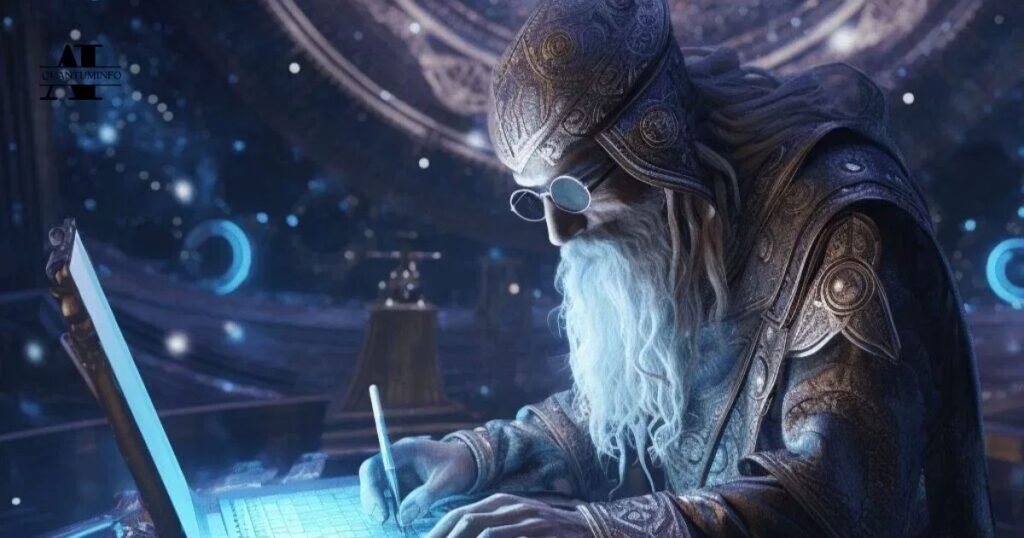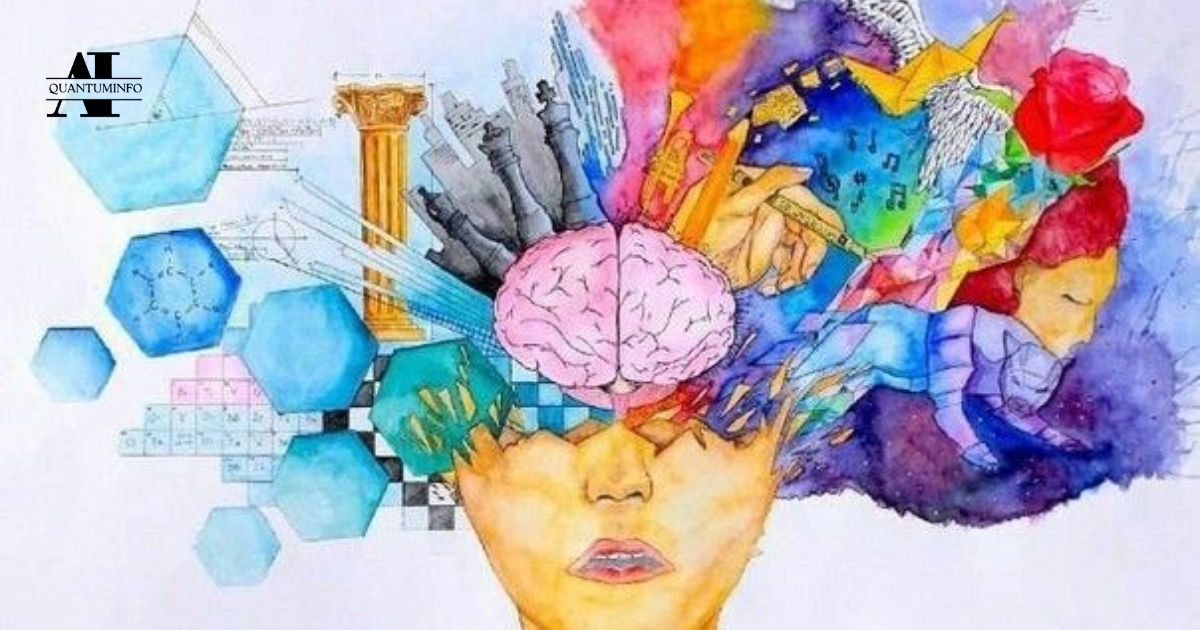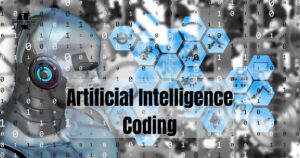In the vibrant landscape of modern technology, artificial intelligence stands out as a game-changer across various fields. Among the innovative tools making waves is Leonardo AI. This platform is not just a technological marvel; it’s a creative partner that empowers artists, designers, and innovators to push boundaries and explore new horizons. In this extensive article, we’ll dive into what Leonardo AI is, how it works, its applications, and the profound impact it has on creativity.
What is Leonardo AI?
Leonardo AI is an advanced artificial intelligence platform specifically designed to assist in creative processes. By harnessing the power of machine learning and neural networks, it offers tools that enhance artistic expression, streamline design workflows, and facilitate content creation. Whether you’re an artist looking to overcome a creative block or a marketer aiming to craft compelling visuals, Leonardo AI is tailored to meet diverse needs.
Key Features of Leonardo AI
Leonardo AI is packed with features that cater to various creative disciplines:
- Image Generation: Users can input descriptive prompts, and the AI generates unique images. This capability allows artists to visualize concepts that may not yet exist.
- Design Assistance: The platform aids designers by suggesting color schemes, layouts, and typographic styles that align with their desired aesthetics, enhancing their creative toolkit.
- Content Creation: Leonardo AI can assist writers by generating text based on user prompts. This includes everything from blog posts to marketing copy, making it a versatile asset for content creators.
- Collaboration Tools: Multiple users can work on projects simultaneously, facilitating teamwork and allowing for real-time brainstorming and feedback.
- Adaptive Learning: The more you use Leonardo AI, the better it understands your style and preferences, refining its suggestions to match your unique creative voice.
How Leonardo AI Works

At the heart of Leonardo AI is its sophisticated use of deep learning, particularly through models known as generative adversarial networks (GANs). This involves two neural networks: one generates new data (images, in this case), while the other evaluates it. This dynamic creates a feedback loop that drives the AI to improve its outputs continually.
The Process of Image Generation
- User Input: The process begins with a user providing a prompt, such as “a futuristic cityscape at sunset”.
- Image Creation: Leonardo AI then produces several variations of the requested image, drawing on its extensive training data that includes countless artistic styles and themes.
- User Feedback: Users can select their preferred images, providing feedback that helps the AI refine its understanding of what resonates.
- Final Output: After several iterations and adjustments based on user input, the AI delivers a final image that closely aligns with the user’s vision.
Applications of Leonardo AI
The versatility of Leonardo AI allows it to be applied across various industries, enhancing creativity in multiple contexts. Here are some notable applications:
Art and Design
Artists can leverage Leonardo’s AI to spark inspiration and overcome creative blocks. For instance, an illustrator might input “mythical creatures in a forest” and receive a range of imaginative concepts to stimulate their creativity.
Do You Want To Know About Microsoft AI - Read More
Marketing and Advertising
In marketing, visuals and compelling copy are crucial for engaging audiences. Leonardo AI can automate the generation of marketing materials, ensuring that campaigns are visually appealing and aligned with the brand’s message.
Film and Game Development
Film and game creators can utilize Leonardo AI for concept art and storyboarding. By generating scenes or characters, the platform helps teams visualize their projects early in the development cycle, saving time and resources.
Education
In educational settings, Leonardo AI can assist students in visualizing complex concepts. For example, a history teacher might use AI to generate historical figures or events, making lessons more engaging and interactive.
Case Study: Leonardo AI in Action

Project Title: “Imagining Tomorrow: AI-Driven Design”
Client: A prominent advertising agency
Objective: To develop a series of marketing visuals for a new eco-friendly product launch.
Process:
- Initial Brief: The agency outlined its vision, focusing on a futuristic theme that highlighted sustainability and innovation.
- Collaboration with Leonardo AI: The team used the platform to input various prompts related to their theme, experimenting with different styles, color palettes, and compositions.
- Review and Feedback: After the AI-generated numerous images, the agency reviewed the outputs, selecting several options for refinement. The feedback loop allowed Leonardo AI to adapt its approach, producing even more aligned results.
- Final Deliverables: The agency received a diverse set of visuals that not only met but exceeded their expectations, enabling a successful product launch that captured the audience’s attention.
The Benefits of Using Leonardo AI
The advantages of incorporating Leonardo AI into creative processes are manifold:
- Enhanced Creativity: By providing unique ideas and visual references, Leonardo AI encourages users to explore new creative avenues.
- Time-Saving: Automating routine tasks allows creatives to focus on higher-level thinking and innovation.
- Cost-Effective Solutions: Smaller teams can achieve professional-quality outputs without extensive resources, making high-quality design accessible.
- Increased Accessibility: Even those with limited creative skills can produce impressive content, breaking down barriers in artistic fields.
Do you Want Know About AI Coding - Read More
Challenges and Considerations
Despite its numerous benefits, Leonardo AI presents some challenges:
- Dependence on AI: Over-reliance on AI tools could potentially stifle individual creativity. It’s essential to view the platform as a complement to human creativity rather than a replacement.
- Quality Control: The AI may generate outputs that do not always meet user expectations, necessitating careful curation of results to ensure quality.
- Ethical Implications: The use of AI in creative fields raises questions about originality and ownership. Users must understand the implications of using AI-generated content, especially in commercial contexts.
Future of Leonardo AI
As technology continues to evolve, the potential for Leonardo AI is vast. Improvements in its ability to understand context and nuance will lead to even more personalized and relevant outputs. Moreover, as more industries adopt AI tools, the creative landscape will likely shift, with AI becoming an integral part of the artistic process.
FAQs About Leonardo AI
What is Leonardo AI, and what primary function does it serve?
Leonardo AI is an advanced platform designed to assist in creative processes by leveraging artificial intelligence. It helps users generate images, designs, and text based on their inputs.
Can you list at least three key features of Leonardo AI?
Key features of Leonardo AI include image generation, design assistance, content creation, collaboration tools, and adaptive learning. These features enhance creativity and streamline workflows.
How does Leonardo AI utilize generative adversarial networks (GANs) in its processes?
Leonardo AI utilizes generative adversarial networks (GANs) to create content by having two neural networks work against each other. One network generates data while the other evaluates its quality, refining the outputs over time.
Final Thoughts
As we navigate the evolving landscape of creativity and technology, Leonardo AI stands out as a transformative force. By seamlessly blending artificial intelligence with artistic expression, it empowers creators to explore new ideas and push the boundaries of their work.
The platform’s ability to generate unique visuals and assist in content creation enhances individual creativity and fosters collaboration across teams. However, it’s essential to remain mindful of the challenges and ethical considerations accompanying AI integration. Balancing AI tools with personal creativity will ensure that human innovation continues to thrive.
As Leonardo AI and similar technologies advance, they will undoubtedly reshape creative industries, making high-quality content more accessible and efficient. Embracing this change while maintaining a critical perspective will allow us to harness the full potential of AI in our creative journeys.
In this exciting era of innovation, Leonardo AI invites you to reimagine what’s possible and encourages a future where creativity knows no bounds.









